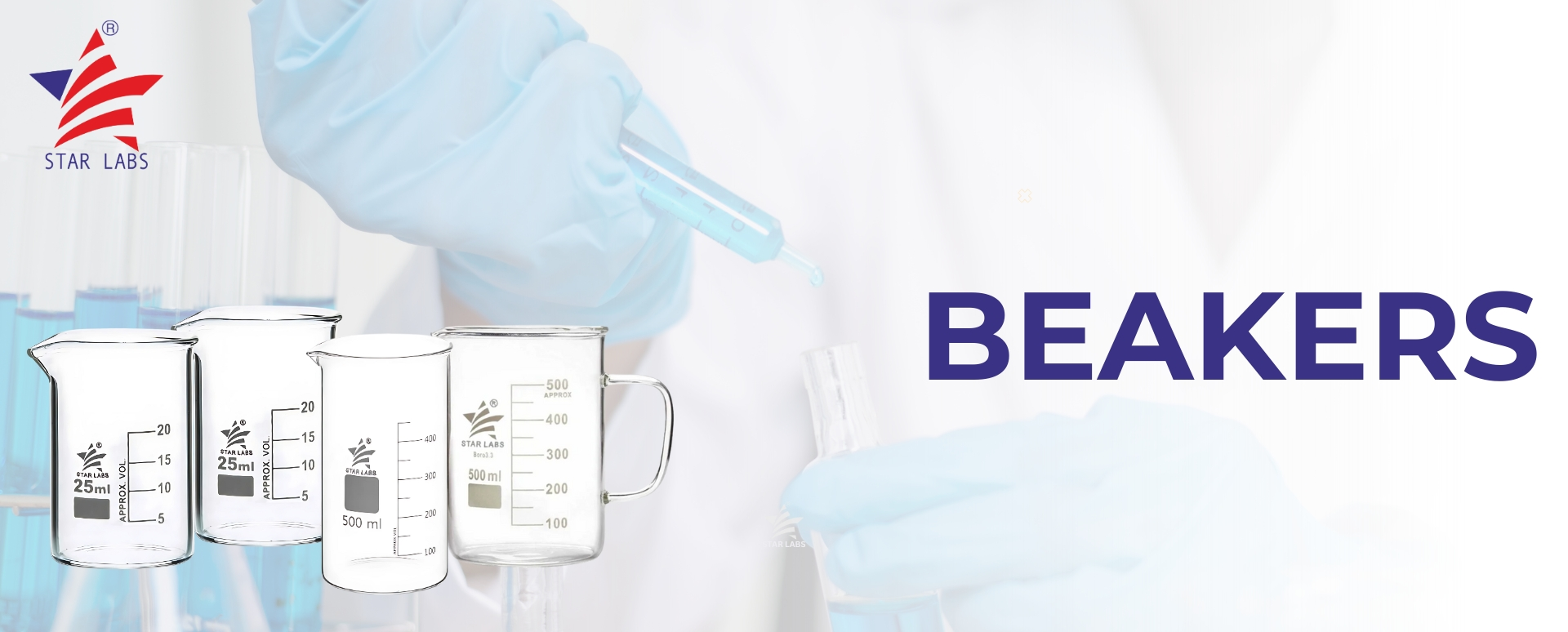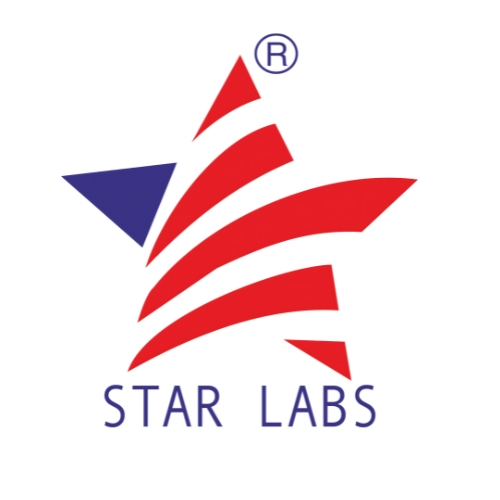
Types of Beakers and Their Uses in Science Experiments
Definition of Beaker
Starlabs beaker is a cylindrical container used to combine, stir and heat substances. It is composed of glass or plastic and features a flat bottom with a pouring spout. Although, they are available in various sizes and are often constructed of glass or plastic depending on the application.
Types of beakers
There are six primary varieties, but we normally give two of them: (glass and plastic).
1. Glass beakers are the most popular type found in laboratories. It’s manufactured from borosilicate glass, which contains boron trioxide. It improved thermal shock resistance, heat resistance and durability.
2. Plastic beakers are a less expensive alternative to glass beakers. They are built of a variety of plastic materials, including polystyrene, polypropylene and polymethyl pentene. Although, lightweight and shatterproof, it is perfect for use in educational labs.
How to choosing the right beaker?
To get precise measurements, consider the material, size, form and safety handling. Also, consider its heat resistance, chemical compatibility and ease of cleaning.
Here is a more complete breakdown.
1. Material – (Glass) – It is great for experiments involving high temperatures or corrosive chemicals because of its heat resistance, transparency and reusable properties, making it perfect for heating and chemical reactions.
(Plastic) – It is preferred for its lightweight, resilient and shatter resistant characteristics, particularly when working with certain chemicals. This is ideal for school, fieldwork and everyday use.
2. Shape (Cylindrical): It has standard shape for stability and convenience use in most applications.
(Other Shapes) – Consider using specialist such as Philips beakers with handles for easy pouring and gripping.
3. Safety and handling – Wear heat resistant gloves when working with glass or hot substances. However, it is safer in student labs due to its low breakability.
Applications
1. Mixing Solutions – Beakers are perfect for stirring and mixing liquids or dissolving solids due to their large opening and ease of use.
2. Heating Liquids – Made of heat-resistant materials such as borosilicate glass, they are used to boil, heat or prepare solutions on burners or hot plates.
3. Measuring Approximate Volumes – They frequently have graduation marks and are used to measure and transfer liquids, albeit not with great accuracy.
4. Holding or Temporary Storage – It is used to temporarily store chemicals, samples or reagents while conducting research or switching between procedures.
5. Pouring and Transferring Liquids – The spout allows for precise pouring into other containers, funnels or apparatus.
Conclusion
Beakers are indispensable multifunctional instrument, valued for their simplicity, adaptability and convenience of use. They are adaptable and indispensable instruments used in variety of scientific and pedagogical contexts. Choosing the appropriate size and material for safe and effective laboratory work. As a founding piece of labware, it continues to be a trusted companion in educational, scientific and industrial contexts.
